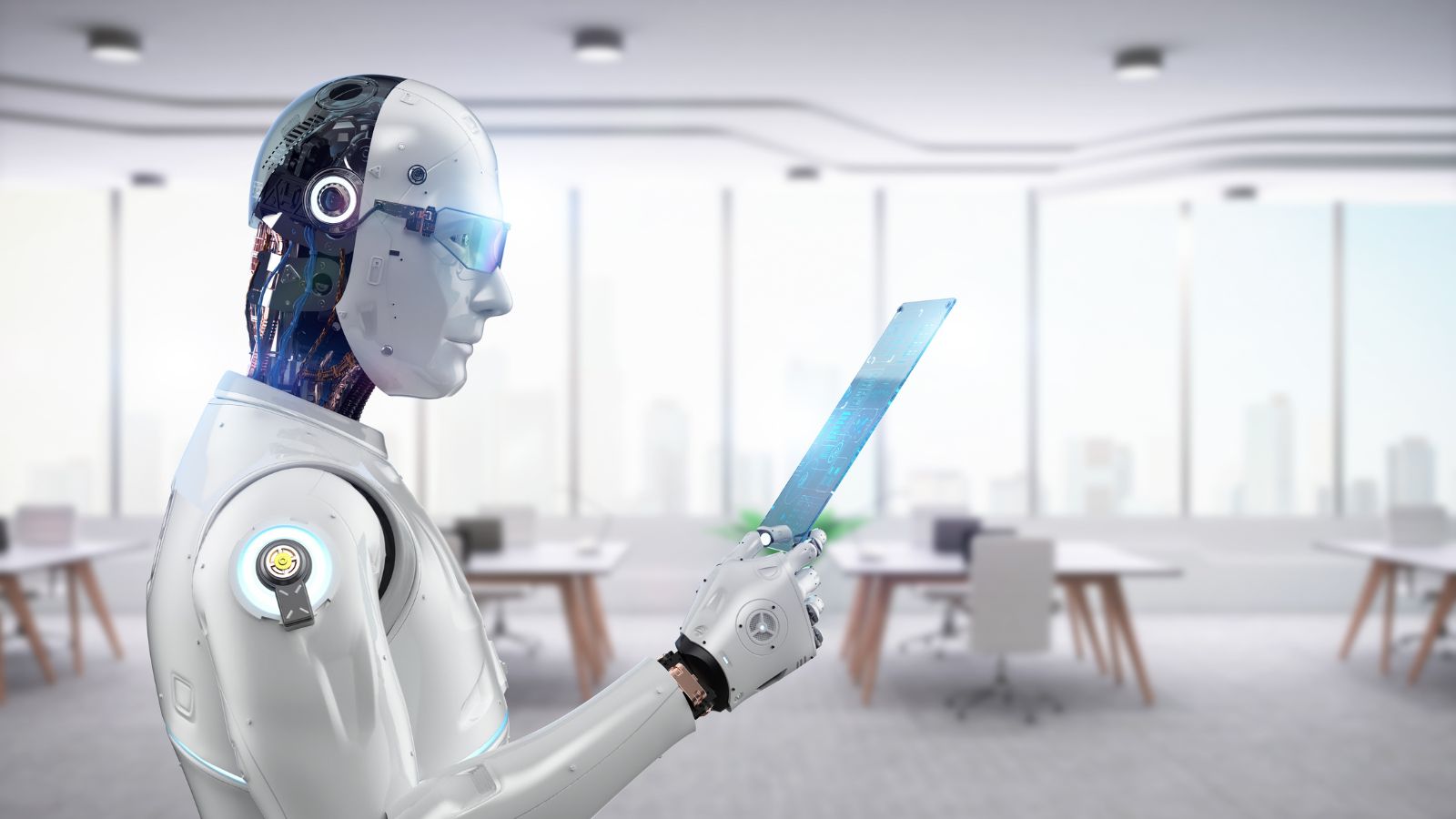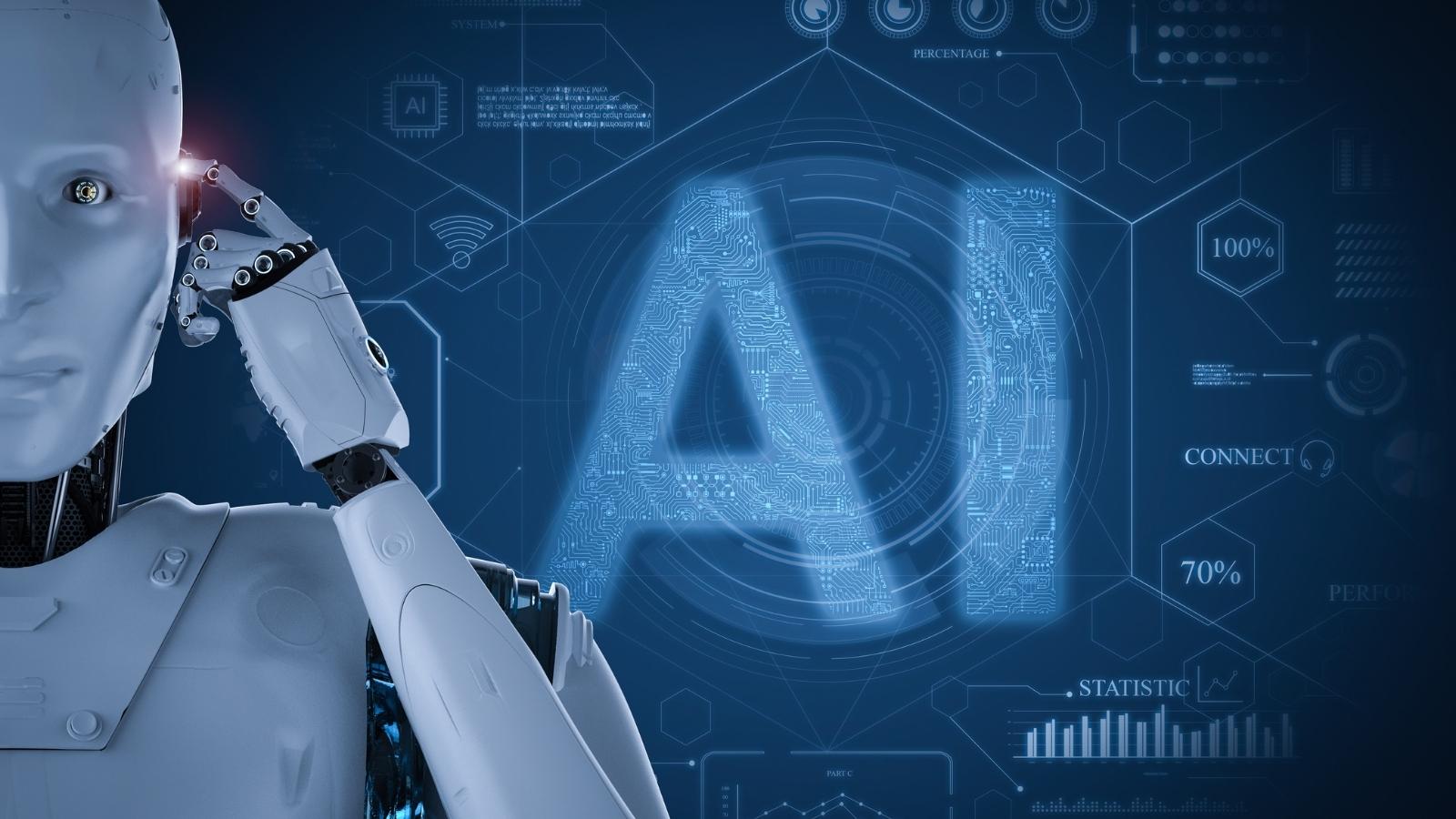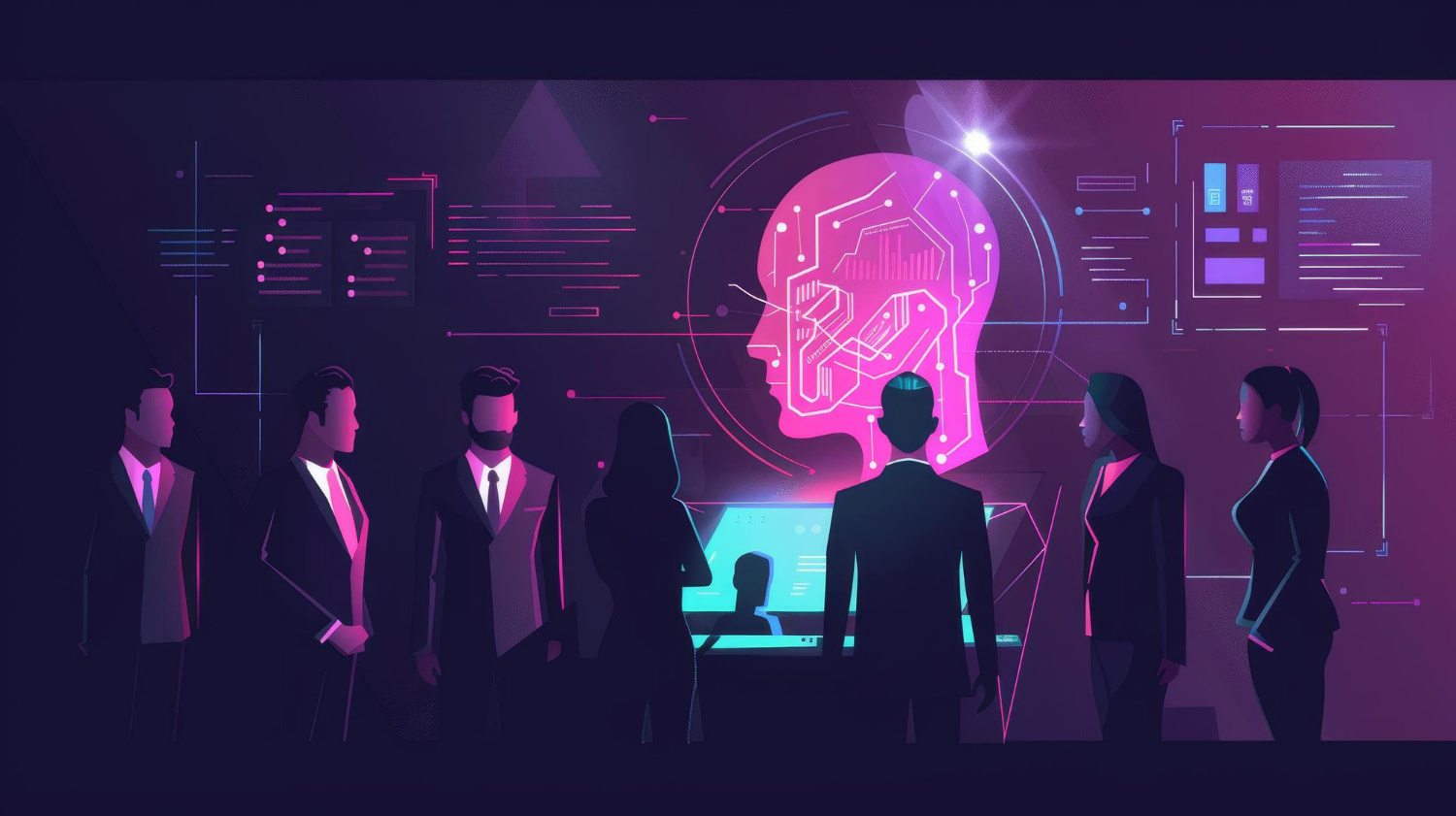Generative AI and What it Means for Businesses
Generative AI is a form of artificial intelligence technology that can generate text, images, audio, and synthetic data, among other content categories offering digital transformation solutions.
Recent interest in generative AI has been fueled by the ease with which new user interfaces enable the instantaneous creation of high-quality text, illustrations, and videos.
It should be noted that the technology is not brand new. Chatbots introduced generative AI in the 1960s.
Until 2014, when generative adversarial networks, orGANs, a form of machine learning algorithm, were introduced, generative AI was unable to produce convincingly authentic images, videos, and audios of real people.
How Does Generative AI Work?
The nature of how we engage with any software will be altered by generative AI and given the fact that many businesses use large software components in the way they communicate with customers, generative AI will drive and distinguish how more brands compete with one another.
This newly discovered talent has, on the one hand, made it possible to pursue prospects such as producing higher-quality movie dubbing and extensive instructional content. It also raises worries over deep fakes, which are photos or movies that have been digitally fabricated, as well as detrimental cybersecurity assaults on organizations, such as dishonest demands that genuinely resemble the actions of an employee's supervisor.
The most important thing that generative AI can "generate" is code, but it can also "generate" text, voice, pictures, music, and video. When this capacity is combined with a feed of an individual's personal information, which is then utilized to modify the when, what, and how of an encounter, the ease with which an individual can get things done and the broader accessibility of software both increase considerably.
More and more systems will be powered by the straightforward input question box that serves as the nerve center of Google and, more recently, of the majority of generative AI systems, such as ChatGPT and DALL-E 2. Drop-down menus in the software will no longer be used, and users will no longer be constrained by the intrinsically directed limits that these menus impose.
Consumers will only care about getting what they need to be done if they do not have the restrictions of a traditional software interface to rely on, and they will not care whether or not the brand behind the program has limitations. How we engage with one another and the things that we anticipate will undergo a profound transformation that will be profoundly democratic.
The capacity of generative AI to produce text, images, and sounds has been the primary focus of most of the publicity around the technology. However, this type of AI can also write code to automate tasks and make it easier to draw in data from the outside and from within.
The best digital transformation services company does this by creating code in response to a command, which enables the user to take a shortcut that takes them from a command to an action that is simply carried out.
No more sifting through the software's many menus to get what you need. Simply asking queries like "Who are the contacts I have not called in the last 90 days?" or "When is the next time I am scheduled to be in New York City with an opening for dinner?" makes it easy to investigate and analyze the data that is recorded in an application.
For example, "Who are the contacts I have not called in the last 90 days?" To get the answers to these questions at this time, we will need to log into a program and collect data (perhaps by hand) from sources that are external to the application itself.
The question can now be identified, the code can be developed, the options can be prioritized, and the best response can be produced in a matter of milliseconds. How we engage with the software programs of today is thus made a great deal easier by this. Additionally, it makes it possible for more businesses to incorporate application development into their overall value proposition.
"Give me a tourist itinerary for the afternoon, taking into account the weather, traffic, and who I am with, complete with an ongoing guide and the ability to just buy any tickets in advance so that I can skip any lines," the request said. "Here's my budget, here are five pictures of my current bathroom, and here's what I want from it. Now give me a renovation design, a complete plan for doing it, and the ability to put it out for bid." Who will be responsible for developing these capabilities? Technologically dominant corporations? Brands that already have ties in the key areas for which they compete? Are there any new, targeted disruptors?
Even if the game has just begun, the necessary competencies and business concepts are already beginning to take shape. Earlier iterations of generative AI needed users to provide data through an application programming interface (API) or go through some other laborious method. To create new software, developers needed to get familiar with specialized tools and write code in programming languages such as Python.
Now, pioneers in the field of generative artificial intelligence including many top digital transformation companies in Singapore are working to improve user experiences by allowing you to define a request in plain English. After providing an initial reaction, you will then have the opportunity to tweak the results by providing comments regarding the style, tone, and other aspects of the material that you want it to reflect.
Use Cases of Generative AI
The application of generative artificial intelligence to a wide range of use cases enables the generation of nearly any sort of material. Thanks to ground-breaking innovations such as GPT, which can be adapted to suit a variety of purposes, technology is gradually becoming more available to a wider range of consumers.
The following are some examples of applications for generative artificial intelligence:
1. Chatbots are being implemented for use in customer service and technical support roles using deep fakes to successfully imitate humans in general or specific persons.
2. Enhancing the quality of the dubbing for films and instructional content in a variety of languages.
3. Writing materials like email answers, online dating profiles, term papers, and resumes.
4. Developing photorealistic artwork according to a specific aesthetic.
5. Developing better video demonstrations of products.
6. Putting up potential novel therapeutic molecules for testing.
7. Creating plans for tangible things like structures and products.
8. Improving the performance of newly designed chips.
9. Composing music in a certain manner or tonal quality.
Advantages Offered by Generative AI
The application of generative AI is extensive across a variety of commercial domains. It can make it simpler to interpret and comprehend existing content and create new content automatically.
Developers are investigating the ways in which generative AI can enhance existing workflows, with a view toward adapting workflows to take full advantage of the technology.
Among the possible advantages of implementing generative AI are the following:
1. Automating the manual content composing procedure.
2. Reducing the time required to respond to communications.
3. Enhancing responses to specific technical questions.
4. Creating lifelike depictions of humans.
5. Organizing complex information into a narrative format.
6. Facilitating the creation of content in a particular manner.
Generative AI vs AI
Artificial intelligence generates new content, conversation responses, designs, synthetic data, and deep fakes. In contrast, traditional AI has focused on identifying patterns, making decisions, refining analytics, classifying data, and detecting deception.
As stated previously, generative AI frequently employs neural network techniques such as transformers, GANs, and VAEs. In contrast, other types of AI employ methods such as convolutional neural networks, recurrent neural networks, and reinforcement learning.
Typically, generative AI begins with a prompt that allows a user or data source to submit a query or data set to guide content generation. This can be an iterative procedure for investigating content variants. Traditional AI algorithms analyze new data to generate a straightforward result. And many
Prospects For Generative AI
The extraordinary profundity and simplicity of ChatGPT have demonstrated immense potential for the widespread adoption of generative AI. Certainly, it has also revealed some of the challenges involved in implementing this technology securely and responsibly.
However, these early implementation issues have inspired research into improved tools for detecting text, images, and video generated by artificial intelligence. Industry and society will also develop improved tools for tracing the origin of information to improve the reliability of AI.
In addition, advancements in AI development platforms will expedite the research and development of superior generative AI capabilities for text, images, video, 3D content, pharmaceuticals, supply chains, logistics, and business processes in the future. The most significant impact of generative AI will result from the incorporation of these capabilities directly into existing versions of the tools we already use.
Grammar detectors are going to get improved. Design tools will seamlessly incorporate more practical suggestions into workflows. In order to train others more efficiently, training tools will be able to autonomously identify best practices in one division of the organization. And these are only a few of the ways that generative AI will alter the way we work.
As part of augmented analytics workflows, generative AI might additionally have a role in multiple facets of data processing, transformation, categorization, and verification. Using generative AI, semantic web applications could automatically transfer internal taxonomies describing employment skills to taxonomies on skills education and hiring websites. Similarly, business teams will employ these models to convert and label third-party data in order to conduct advanced risk assessments and opportunity analysis.
Future applications for generative AI models will include 3D modeling, manufacturing, developing drugs, digital siblings, supply chains, and business processes. This will facilitate the generation of new product ideas, experimentation with various organizational models, and the exploration of various business concepts.
How Is Generative AI Transforming Creative Work?
Generative AI promises to assist creative employees in exploring variants of ideas. Artists may begin with a fundamental design concept and then experiment with variations. Industrial designers could investigate product variations. Architects could investigate various building configurations and visualize them as a basis for further refinement.
It could also contribute to the democratization of certain aspects of creative labor. Using text descriptions, business users could, for instance, investigate product marketing imagery. Using simple commands or suggestions, they could further refine the results.
How Can TransformHub Help Your Business?
TransformHub, one of the top digital transformation companies specializes in artificial intelligence (AI) and machine learning (ML), offers innovative digital transformation solutions to unlock the potential of these emerging technologies.
Our skilled developers create intelligent AI development services that automate duties, address problems, and improve the customer experience. We are technically capable of integrating AI and ML into existing applications.
With a focus on data acquisition and processing, analytics, multiple platforms integration, and machine learning, we ensure that our solutions are tailored to meet the specific requirements of each enterprise.
We collaborate with a vast array of industries to develop premium products that integrate seamlessly with your company's goals. Join forces with us and let us use AI and ML to propel your business to the next level.
Share this
You May Also Like
These Related Stories

AI for Digital Transformation

Why Robotic Process Automation in Insurance needs an AI upgrade




